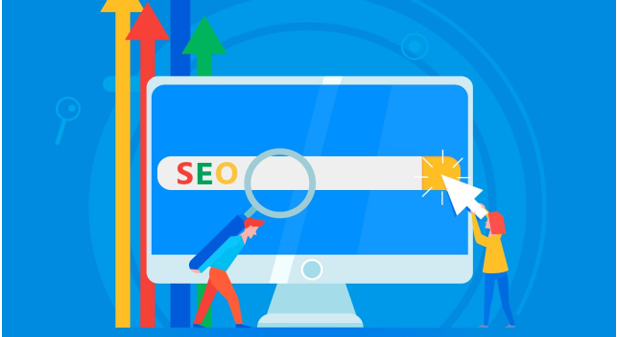Google’s August 2025 Algorithm Update: Impact on SEO and Paid Search
Google’s algorithm updates often reshape how websites rank in search results—and the August 2025 update is no exception. With a sharper focus on AI-generated content quality, user intent, and page experience, this update impacts both organic SEO and paid search strategies.
If your traffic dropped—or spiked—this month, here’s what may be behind it.
What Changed in the August 2025 Update?
Google continues its push for quality, relevance, and authenticity. The core focus areas of this update are:
- AI-Generated Content Filters:
Pages with low-value, auto-generated content are being deprioritized, especially if they lack original insights or clear author credibility. - User Intent Matching:
Google is refining how it interprets search queries. Pages that directly meet user intent—especially for long-tail and voice queries—are ranking higher. - Page Experience 2.0:
Speed, accessibility, mobile performance, and interaction signals (like clicks, scrolls, and engagement time) now factor more heavily into rankings. - E-E-A-T Reinforcement:
Expertise, Experience, Authoritativeness, and Trustworthiness remain central. Pages that clearly show human authorship and real experience are being rewarded.
SEO: What’s Affected?
Winners
- Sites with expert-written, in-depth content
- Pages that combine human insights with AI assistance (but not fully AI-generated)
- Blogs answering niche or intent-based questions clearly and concisely
- Websites with strong UX metrics: fast loading, low bounce rates, high engagement
Losers
- Thin content created purely by AI or rewritten from other sources
- Sites with unclear authorship, outdated design, or intrusive popups
- Pages stuffed with keywords but low on value
- Domains relying on exact-match keywords with little topic depth
Paid Search: What’s Different?
Although algorithm updates mostly affect organic results, Google Ads is not untouched. Here’s what advertisers are noticing:
- Higher CPCs for Broad Matches:
As intent detection improves, Google is showing broad-match ads more confidently—but competition has pushed up costs. - Stronger Emphasis on Landing Page Quality:
Quality Score now leans more on UX signals. Ads pointing to slow, generic, or AI-heavy landing pages are scoring lower. - Better Query Matching for Voice & Mobile:
Campaigns that include conversational keywords or mobile-specific extensions are seeing improved clickthrough rates. - AI-Driven Ad Suggestions Are Getting Smarter:
Google’s AI suggestions for headlines and descriptions have become more context-aware, improving ad performance if used carefully.
How to Adapt Your Strategy
For SEO:
- Audit your AI-assisted content. Make sure it’s fact-checked, reviewed, and expanded with unique insights.
- Update author bios and credentials on all blog and article pages.
- Improve your site speed, navigation, and accessibility—these are now critical ranking factors.
- Target more specific, conversational keywords. Think “how,” “why,” and “best way to…”
For Paid Search:
- Review your Quality Scores and landing page experiences.
- Segment campaigns by device and user behavior.
- Use Performance Max campaigns with clearly defined goals and creative assets.
- Focus on conversion intent, not just reach—especially for voice search users.
What’s Next?
This update is another sign that Google is serious about rewarding human-centered content and improving user experience. It also shows that AI content without added value won’t last long at the top of search results.
Expect more frequent, smaller updates going forward, with real-time signals playing a larger role in rankings and ad delivery.
Final Thoughts
The August 2025 Google update is a wake-up call for content creators, marketers, and advertisers: quality, authenticity, and intent alignment now rule both organic and paid search. If you focus on the user first—and algorithms second—you’ll be positioned for long-term success.

